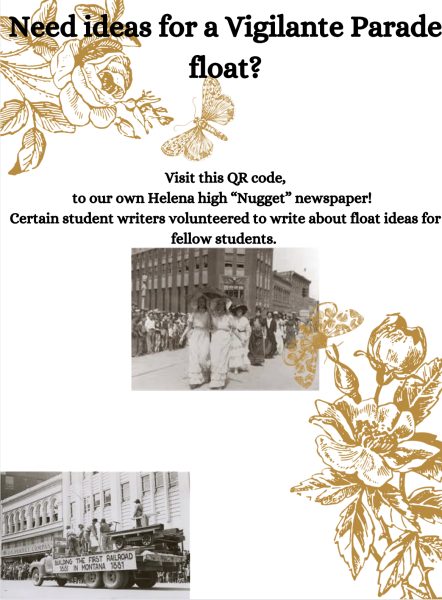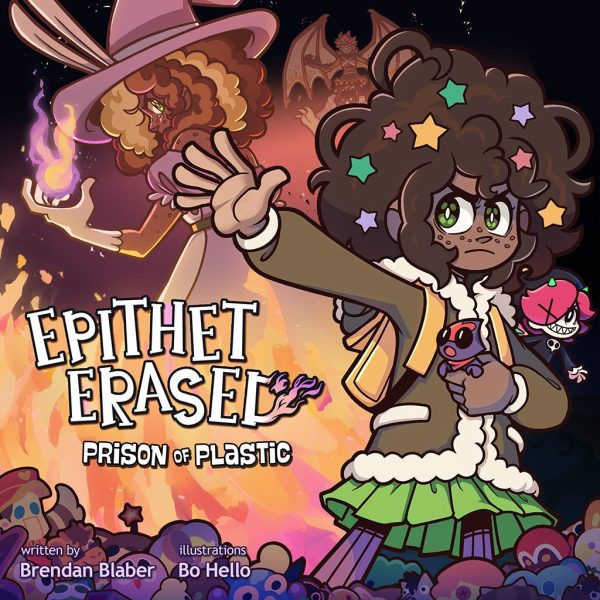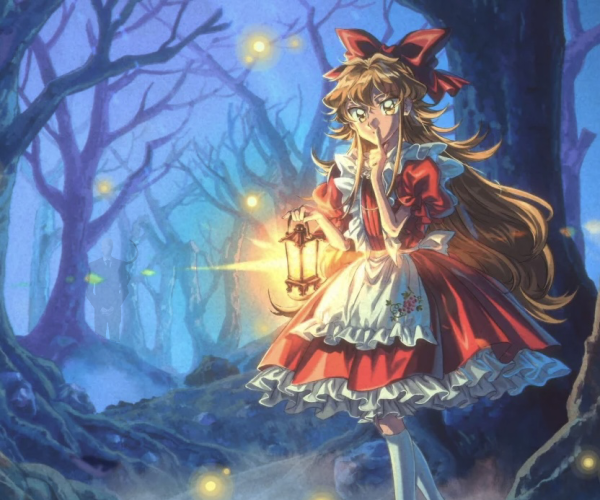Alabama Shakes: Sound & Color
June 4, 2018
Releasing their second album, Sound & Color, on April 21, 2015, Alabama Shakes created music so vivid that the hues conveyed within the lyrics almost seem tangible. Unlike their first album, this one tells the group’s story. This album captured the musicians freeing themselves from the imprints of their past, letting loose, and fiercely pushing themselves further in a new direction. Yes, they still combine southern soul and rock n’ roll, however, in this album they prove that they’re aren’t just another roots-rock band. They produce Southern soul-rock music in an era where the past and present are indistinguishable, but the way the band interlaces the old and new astonishingly, feels like a breath of fresh air. In a nutshell, this is the type of music that angsty hipsters and vinyl-collecting grandpas can’t keep their hands off of.
The Shakes kick off the album with the title track making a statement of purpose. It begins with a series of floating notes, each filled with intense reverb, and progresses into layers of the lead singer, Brittany Howard’s, soul-burning vocals. With the lyric, “A new world hangs outside the window/Beautiful and strange,” listeners get a taste for what the group has in store. The song is steadily drawn to a close with vintage-sounding strings and Howard’s pipes harmonizing while syncopated, electronic beats flicker in the background.
From here, the album is a back-to-back series of headbanging, body-swaying, and foot tapping tunes of all kinds. Howard showcases her wide vocal range on “Gemini” while adding a playful twist of reggae on “Guess who.” And for the rock n’ roll lovers, the lead guitarist, Heath Frogg, utilizes rare power chords on “Gimme all your Love” in a way that would even make Prince jealous.
Previously, the guitarists stayed minimal and simply served the tracks, however, their limits have expanded almost to the point where they now have none. They hit us with mushy, face-melting guitar riffs on “The Greatest” and surprise us with glass-like sustains on “Gemini.” Of course, most of the credit has to go to the producer, Blake Mills, for his mastery of converting vintage music to modern music.
It’s true, at times Howard’s lyrics can seem disappointingly vague, but perhaps that’s the beauty of it. Listeners shouldn’t direct their entire focus to the lyrics, but should allow themselves to seek the sound and color carried through the instrumental. In this album, the heartache, hunger, disappointment, and bliss in Howard’s cyclone of a voice, magnified by the raw instrumental and production, are now clearer than ever.












